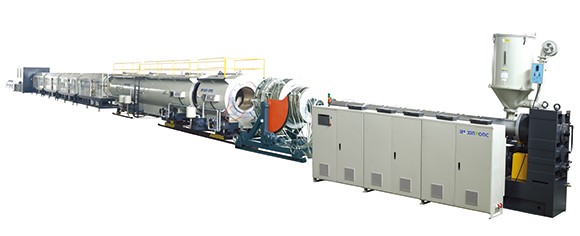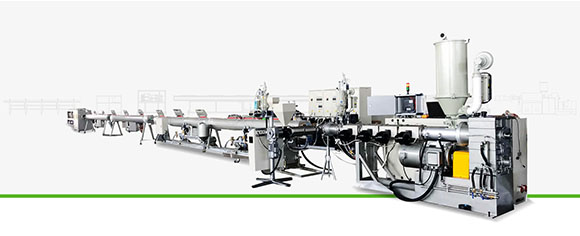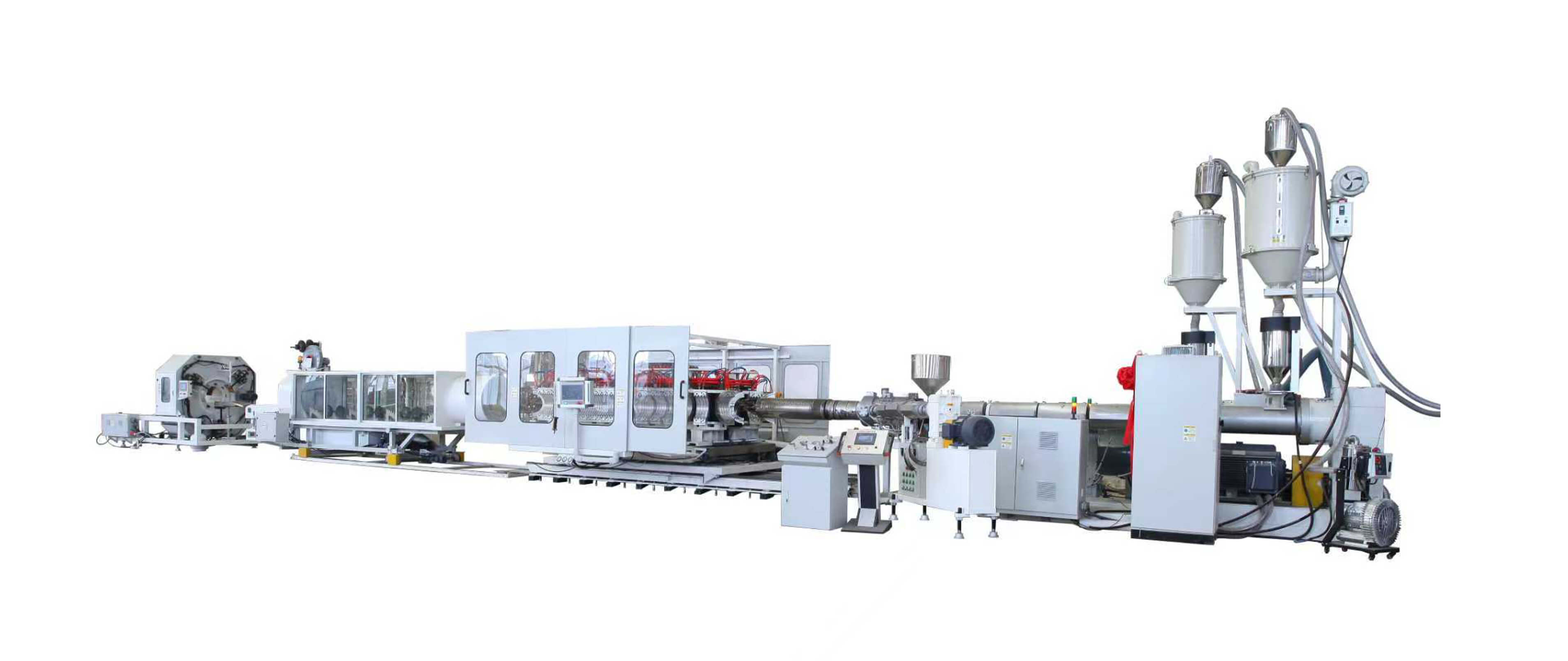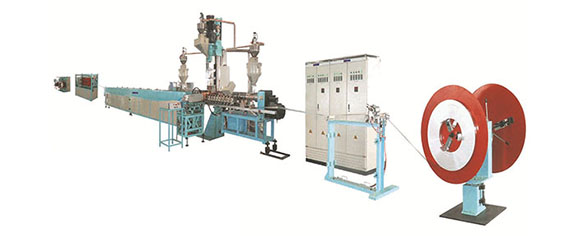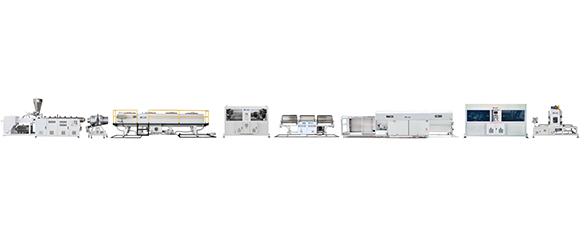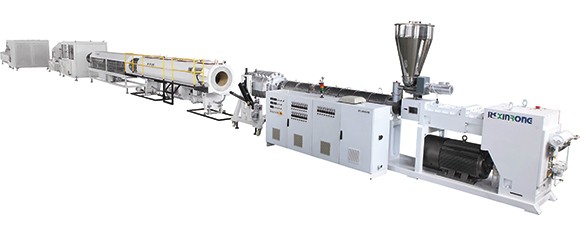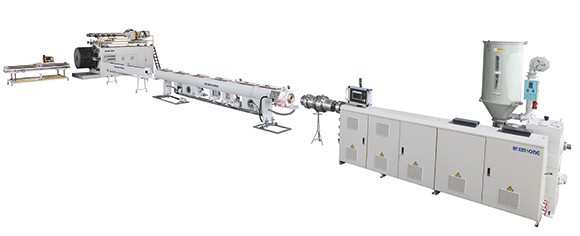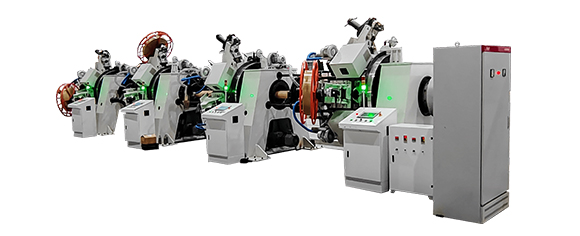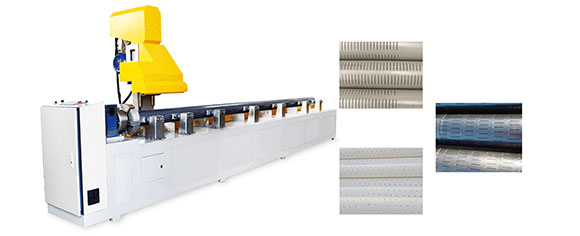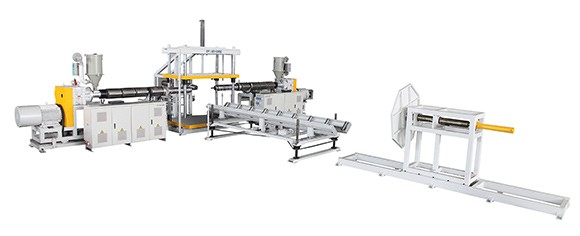News
Site Editor
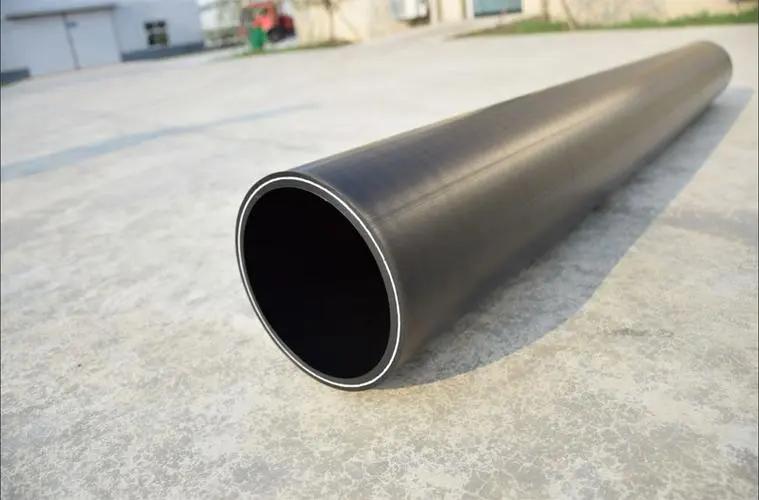 Site
/uploads/5cb96e23627a5.png
Reinforced Thermoplastic Pipes (RTP pipes for short) are high-pressure plastic composite pipes with good flexibility, corrosion resistance, high pressure resistance, impact resistance, wear resistance, light weight, easy connection. It can be coiled and laid quickly without joints over long distances. It can well overcome the corrosion problem of steel pipes and the pressure resistance problem of plastic pipes, and can be used in oil and natural gas extraction and long-distance transportation, and various other applications that require higher pressure transporting.
Site
/uploads/5cb96e23627a5.png
Reinforced Thermoplastic Pipes (RTP pipes for short) are high-pressure plastic composite pipes with good flexibility, corrosion resistance, high pressure resistance, impact resistance, wear resistance, light weight, easy connection. It can be coiled and laid quickly without joints over long distances. It can well overcome the corrosion problem of steel pipes and the pressure resistance problem of plastic pipes, and can be used in oil and natural gas extraction and long-distance transportation, and various other applications that require higher pressure transporting.
Reinforced thermoplastic composite pipe (RTP pipe)
Views: 1206
Author: Site Editor
Publish Time: 2024-03-15
Origin: Site
Reinforced Thermoplastic Pipes (RTP pipes for short) are high-pressure plastic composite pipes with good flexibility, corrosion resistance, high pressure resistance, impact resistance, wear resistance, light weight, easy connection. It can be coiled and laid quickly without joints over long distances. It can well overcome the corrosion problem of steel pipes and the pressure resistance problem of plastic pipes, and can be used in oil and natural gas extraction and long-distance transportation, and various other applications that require higher pressure transporting.
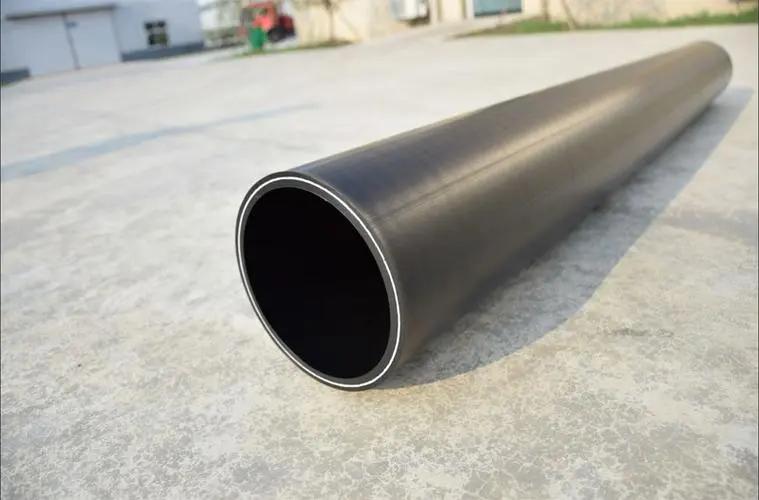
Structure and material of RTP pipe
RTP products are usually composed of three layers. The inner and outer layers are made of PE80, PE100 or high grade materials. The outer layer can be selected as white (surface laying to protect against UV rays) or black (buried laying) as needed; the middle layer is made by reinforced tape. The reinforced tape can be high-strength fibers such as aramid fiber, polyester fiber or glass fiber.
Flexible reinforced thermoplastic composite pipes are manufactured by follow process: extrusion, molding, winding, coating, coiling. They can be produced with a length of up to Kilometers of high-pressure flexible pipe. By using different reinforcement layer materials and covering materials, RTP pipes with different pressure levels and different performances can be obtained.
Compared with RTP pipes that are directly wound with glass fiber or aramid fiber yarns and fiber bundles, the fiber and resin cannot be completely infiltrated. So that the overall structural strength and compressive strength cannot be fully exerted. By using continuous winding of fiber reinforced prepreg, and the tape itself has high tensile strength, and its performance is more stable and uniform. It can completely integrate the inner and outer walls and core reinforcement layers, and its various properties are more excellent.
Advantages of RTP tube
1. Corrosion resistance. Both the inner and outer walls of RTP pipes have good anti-corrosion properties and are suitable for a variety of corrosive media and various corrosive environments.
2. High pressure resistance, RTP pipe has high pressure bearing capacity. By selecting different reinforcement materials, the maximum pressure can reach 32 MPa, and the burst pressure can reach more than 100 MPa.
3. Heat-resistant and heat-insulating, the operating temperature range of RTP pipe is wide from -42°C to 102°C, which can meet the temperature requirements of most occasions; in the case of a temperature difference of 30°C, the temperature drop is less than 1°C per 100 meters.
4. It has strong conveying capacity. The inner wall of the RTP pipe is very smooth, does not scale or wax, has small flow resistance, is wear-resistant, and has a long-lasting conveying capacity, which reduces the maintenance cost of the conveying pipeline.
5. Good flexibility. RTP pipe has extremely high toughness, good impact resistance, and strong resistance to soil settlement, earthquakes, etc. At the same time, due to the good flexibility of RTP pipes, natural compensation can be achieved through a snake-shaped layout during installation, without the need for a thermal compensation device, thus saving installation costs.
6. Construction is convenient. RTP pipes can be coiled and laid for construction like cables. They have high tensile strength. When laying pipes, the maximum pulling force can reach 5 tons for a long time and 10 tons for an instant.
7. Few joints. The length of a single RTP pipe can reach 150-400 meters, so there are few joints, higher reliability and cost saving.
8. High cost performance. According to data from the German Viking Company, compared with carbon steel pipes, RTP pipes can save investment by more than 25%.
9. Long service life. The conventional design life of RTP tube is 20 years, and can reach up to 50 years.
Application of RTP tube
Since it was first put into use in the UK in June 1995, RTP pipes have been widely used in oil and gas fields as gathering and transportation pipelines, and have been rapidly promoted as long-distance pipelines in other fields as corrosion-resistant and high-pressure-resistant, such as urban pipeline networks, natural gas transportation, chemical industry and other fields.
1. Oil and natural gas extraction on land and shallow seas (oil collection pipes, water injection pipes) and high-pressure natural gas transportation (diameter 50mm ~ 400mm, maximum pressure 25MPa);
2. Offshore oil and natural gas extraction (crossover pipes, flow pipes and riser pipes);
3. Undersea water pipeline;
4. Hydraulic transmission system pipelines in mining and industry;
5. Urban and rural water pipelines;
6. Old pipeline repair project;
7. Fire pipes.





